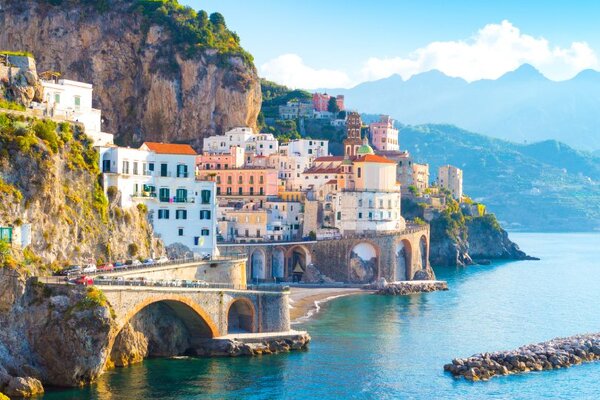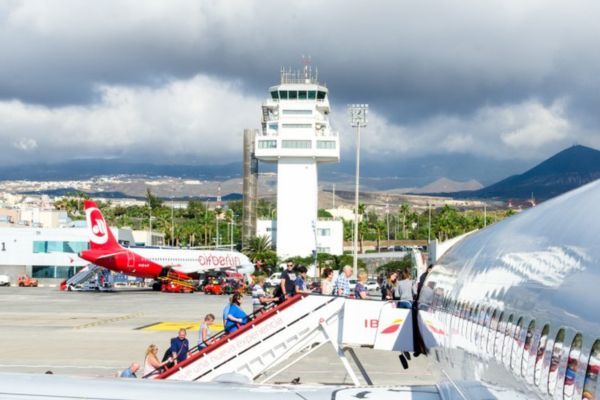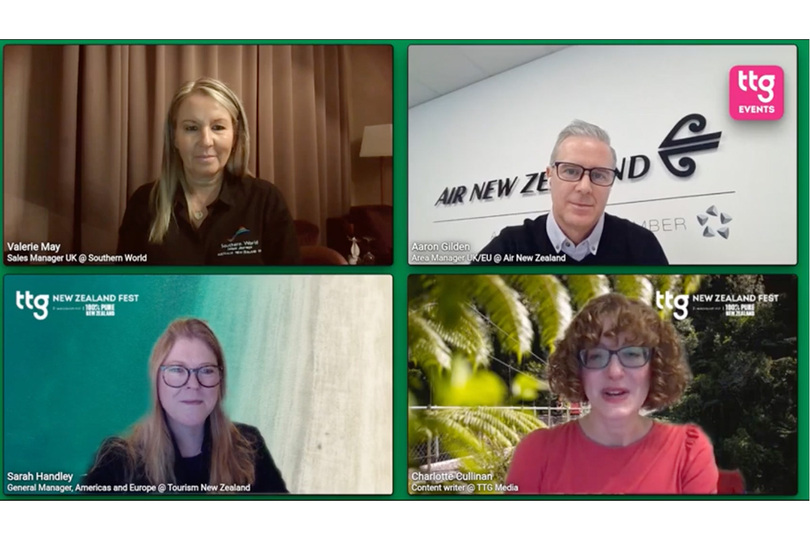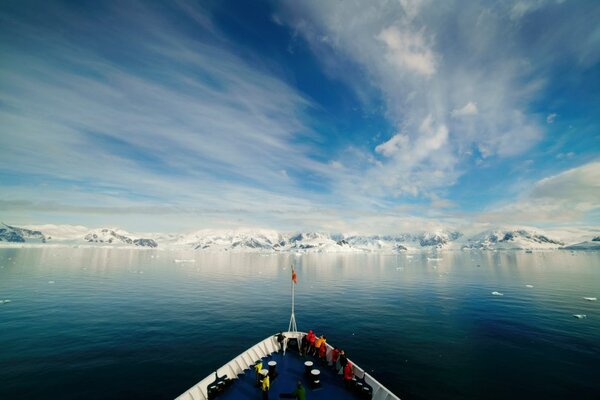'Sorrento isn't what it used to be'; is overtourism ruining Italy's Amalfi Coast?
TTG’s Ilaria Grasso Macola headed to Sorrento to find out how tourism chiefs in the region and wider Amalfi Coast area are striking a delicate balancing act managing overtourism and combatting anti-visitor sentiment.
Exploring Sorrento’s narrow streets can be an overwhelming experience for anyone, not just the more claustrophobic among us.
Known for its fragrant lemons, Sorrento’s proximity to Italy’s picturesque – and increasingly popular – Amalfi Coast has driven up the town’s profile. It is also perhaps unique in being a coastal town where tourism authorities aren’t actively promoting it as a seaside destination.
In 2023, nearly four million people visited the Amalfi Coast, including nearly 600,000 in August alone, while more than three million travellers have visited Sorrento over the past year – a town of only three square miles and just 15,000 people.
In the summer months, tourists flood the streets; locals, beset by rising living costs and worsening amenities like poor roads, tell TTG of the strain this is putting on their town – and their lives.
“We need to make a choice,” restaurateur Tonino Terminiello tells TTG. “Not everyone can go everywhere. There are destinations I don’t think I can go to – and that’s not an issue for me.”
Another, a shopkeeper, who does not wish to be named, agrees. “We’re working more, but our daily life has become more hectic – Sorrento is not what it used to be.”
In Amalfi, to redress the balance between the differing needs of residents and tourists during the summer peak, the city council has put in place systems designed to help it gain a better understanding of arrivals – including monitoring pedestrian flows – and has launched an etiquette guide for visitors.
“Tourism, on a national and international basis, is increasingly associated with critical issues and inconveniences for the population,” said Amalfi mayor Daniele Milano in September.
"This narrative is negative and risks generating, as has happened in many places, anti-tourist sentiments. For this reason, Amalfi has decided to ‘manage’ and ‘not be afflicted’ by tourism.”
The biggest challenge for destinations in the Gulf of Naples and along the Amalfi Coast, according to those closest to the issues at stake, is day tourism, with day-trippers crowding several popular “Instagrammable” locations and creating bottlenecks.
Andrea Ferraioli, president of Distretto Turistico Costa D’Amalfi (the Amalfi Coast Tourism District), explains the town simply was not designed for these tourist flows.
“Social media contributes to generating crowding because it is usually repetitive content that, in order to exploit the visibility guaranteed by algorithms, focuses on the usual four or five places," he says.
“This pushes people to the same spots at the same time, and sees them ignore other places of equal or greater beauty, as well as periods other than the summer months.”
Data from the Amalfi Coast Tourism District succinctly sums up the problem. It shows that, as a whole, the region’s total accommodation stock isn’t stretched to capacity – even during peak periods – as less famous towns like Tramonti and Cetara don’t receive the same tourist numbers Amalfi and Positano do. The region isn’t strictly “full”.
Ferraioli says distributing visitors to lesser-known areas like Tramonti and Cetara sustainably would be one way to alleviate the current tourist flows. It’s something Sorrento’s mayor Massimo Coppola has been working on for the past four years.
He tells TTG the council has been promoting the town’s artistic and cultural heritage rather than as a coastal destination in an effort to attract “a certain type of tourism” less likely to result in crowding issues. “We are enhancing our rich cultural assets to better distribute tourist numbers throughout the wider territory and across the year,” he explains.
“We are shining a light on the fact that Sorrento is a town by the sea, not a seaside resort town, as it has no beaches.”
Coppola adds the town’s marketing strategy is also based around increasing the length of tourist stays, stressing “at least three days” should be devoted to visiting the town. “What should be made clear is that Sorrento and the Sorrentine peninsula are not places that can be visited in a day,” he adds.
’Don’t sell for the sake of it’
In-destination solutions are one thing. So how do Sorrento and the Amalfi Coast address the issue at source? Ferraioli says agents have a role to play by promoting the wider area – not just “the five places not to be missed” – and to promote it as a year-round option.
“The most vivid blue skies and seas can be caught in January – these are times when there are absolutely no crowds, and the territory is showcased at its best,” he insists, adding agents should target it at those clients keen to get under the skin of a destination and experience “the most authentic parts”.
“There are infinite possibilities and [they] all arise from the desire to get to know the territory in its thousand facets,” he adds, poetically.
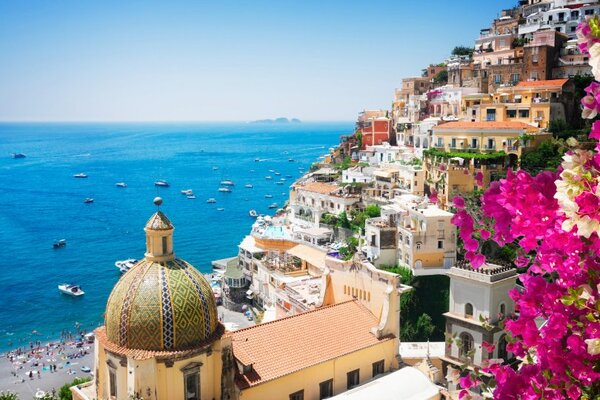
Danielle Broccoli, managing director of Italy specialist Typically Holidays, advises agents to protect their clients by not selling them holidays “for the sake of it” in the knowledge a destination is overtouristed and that its infrastructure and accommodation offering is often not the best value.
“If people want to see the Amalfi Coast without the crowds, they should go in the winter as a lot of hotels are closed, but the ones that are open offer good value for money propositions,” he suggests.
Meanwhile, for Zoe Holland, head of brand and acquisition at Citalia parent Travelopia, the key is educating customers to travel more responsibly – such as by taking more sustainable forms of transport and ensuring they spend locally – and educating agents about products with these considerations baked in.
Ferraioli adds: “Tourists should stay in towns on the Amalfi Coast. Being based in the big cities and then planning a four-hour daily tour of the Amalfi Coast means creating traffic without really getting to know the area.”
